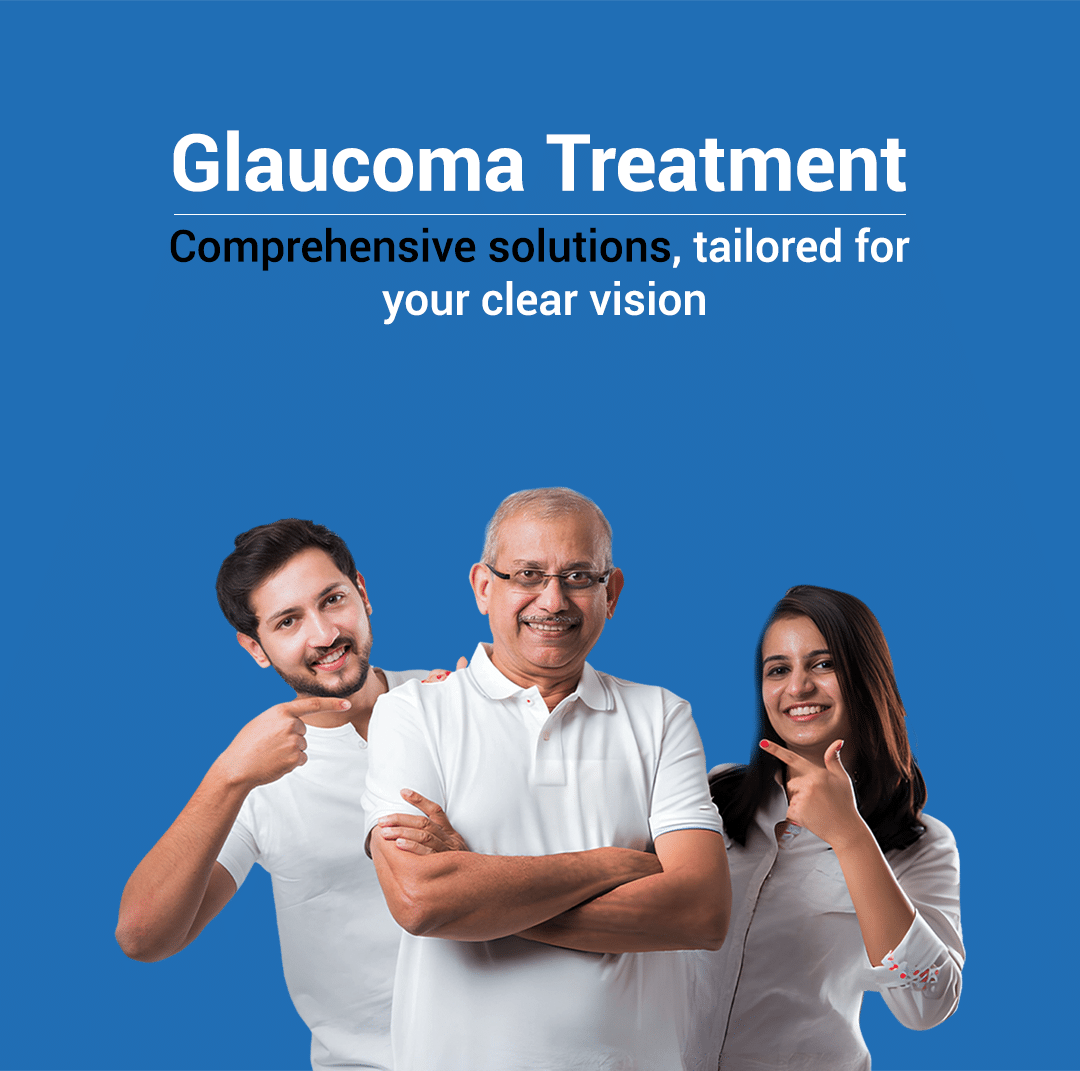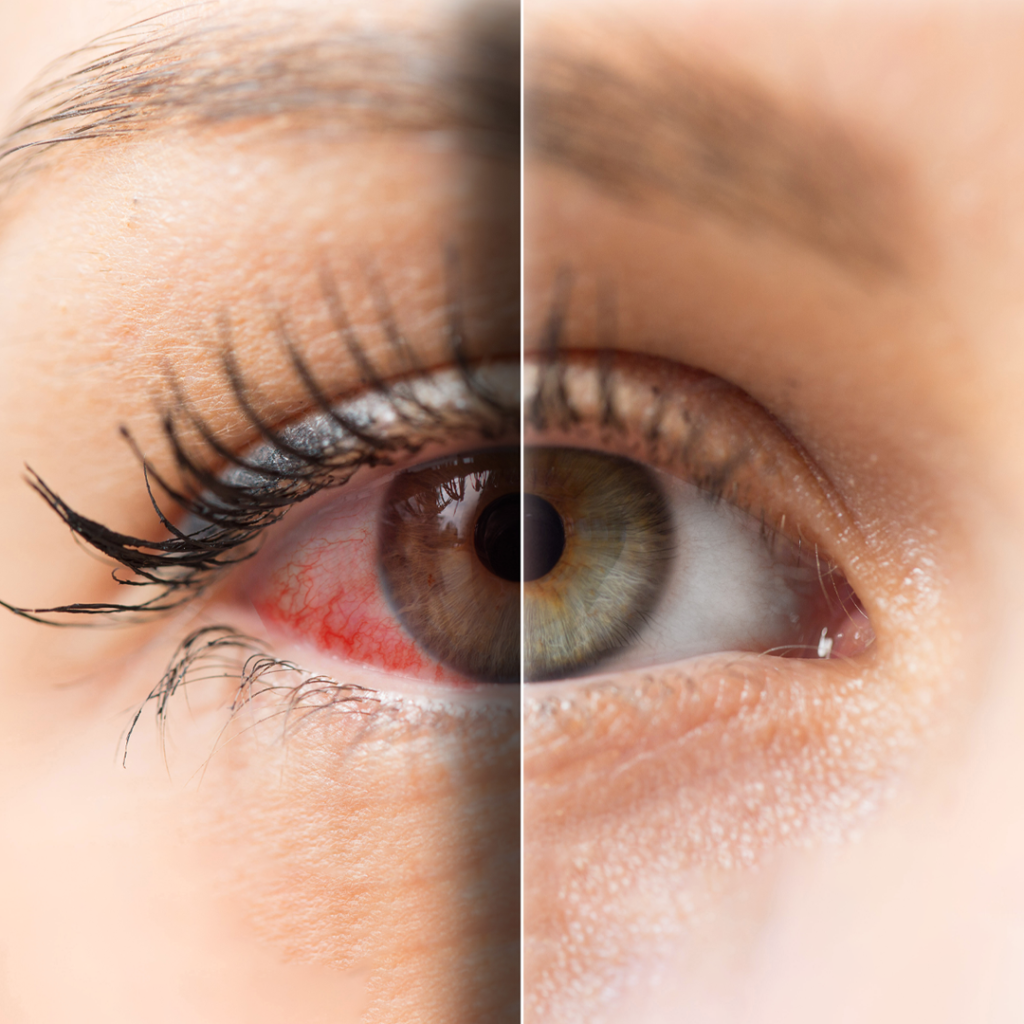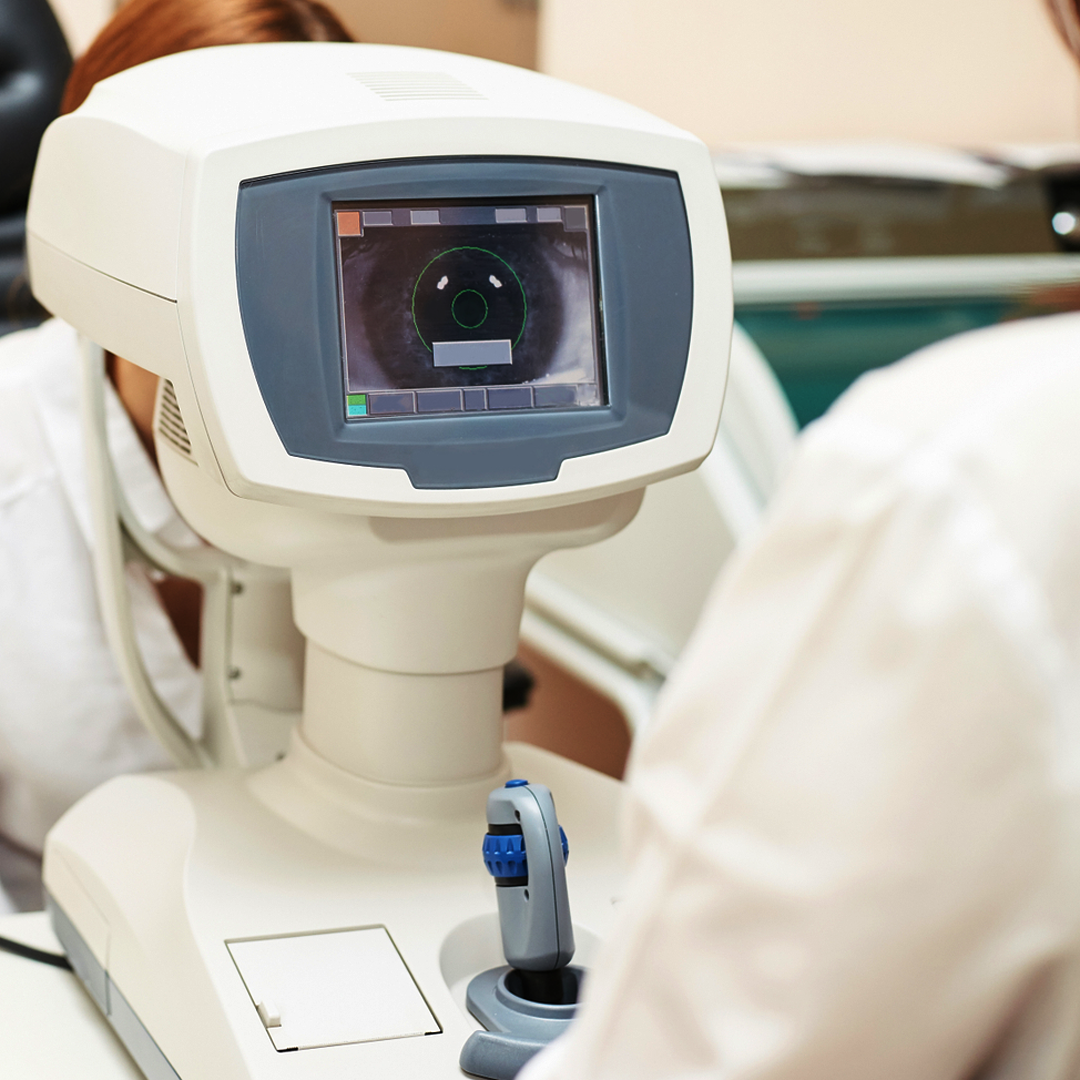

Glaucoma, also known as “kala motia” occurs when the optic nerve which connects your eye to the brain gets damaged. This might lead to vision loss or blindness. It can be found in people of all ages but it is most commonly seen among older adults.
Anyone can get Glaucoma, but following people have a higher chance.
You might be at a higher risk for Glaucoma.
It’s important to note that a diabetic patient is at a higher risk of developing glaucoma, so it is advised to get a screening for glaucoma.
If you have any of these risk factors, schedule a regular eye exam with a glaucoma specialist in Delhi. A quick search for “glaucoma test near me” can help you schedule an appointment at a glaucoma eye hospital and detect glaucoma early.
Glaucoma doesn’t show symptoms at first. But depending on its type, it can develop in different ways:
1. Open-angle Glaucoma (most common):
You might not notice anything at first. But over time, you might have:
2. Acute angle-closure glaucoma (emergency):
This is a serious situation. Look out for:
If you have any of these symptoms, go to a doctor right away!
3. Normal-Tension Glaucoma:
Just like open-angle glaucoma, this might also not show any signs early on.
But over time, you might:
4. Glaucoma in Children:
This is less common. But a child may:
5. Pigmentary Glaucoma:
This type might lead to:
Glaucoma may not show any symptoms at first. Before you notice that you have it, you lose a lot of vision. This is why it’s important to have regular eye exams once you turn 40 to catch glaucoma before it steals your sight.
To catch glaucoma before it gets serious, it is advised to get your eyes checked from time to time, depending on factors like:

There are various tests for Glaucoma diagnosis, such as:
Although kala motia treatment cannot solve the damage already caused, it can certainly help reduce the effects of glaucoma.
First, if your eye pressure is high, it is lowered in the following ways:
As of now, glaucoma cannot be cured completely. The treatments that are currently available cannot reverse the damage already caused by the disease. However, there are effective ways to manage glaucoma and prevent further vision loss if it is detected in time.

We provide:
For more information or to schedule an AKIO Eye Hospital Safdarjung Enclave appointment, contact us today.
General Questions For You
Lifestyle changes like maintaining a healthy weight, keeping your blood pressure under control, avoiding smoking, and staying physically active can reduce the effects of Glaucoma.
Yes, a diet that includes fruits, vegetables, fish, and whole-grain foods can reduce blood pressure, which further reduces the risk of Glaucoma.
On the other hand, a poor diet may lead to high cholesterol and diabetes, which further increases the risk of getting Glaucoma.
The nerve fiber layer in your eye is a sensory neuron that carries signals from your eye to your brain.
If Glaucoma is not diagnosed and treated in an early stage, it may lead to blindness.
Glaucoma affects your peripheral or side vision before your central vision. The effects of Glaucoma on the vision are gradual and may not be noticeable until your vision is lost to an irreversible point.
Determining the best glaucoma treatment depends on individual factors like the type and severity of your glaucoma, as well as your overall health. At our hospital, we have a team of experienced ophthalmologists specializing in glaucoma treatment. We offer a comprehensive range of treatment options, including prescription eye drops, laser procedures, and microsurgery.
AKIO offers a comprehensive range of options, making us a leading choice for the best glaucoma treatment in Delhi.
Increased eye pressure does not necessarily mean glaucoma, as whether or not your eye pressure is high depends on how much your optic nerve can handle it, which varies for every individual.
If you experience the following symptoms, it is wise to get yourself tested for Glaucoma:
The Laser peripheral iridotomy (LPI) may help lower the intraocular pressure in the eye but it will not reverse Glaucoma entirely as it is a chronic disease that requires treatment from time to time.
Laser surgery is done by putting numbing drops in the eye, then putting a high-intensity beam of light which helps in improving the fluid drainage from the eye. This procedure is often painless with little to no discomfort.
No, vision lost by glaucoma cannot be restored, but treatments can help the vision from getting worse.
Driving is generally not recommended for Glaucomic patients, although it highly depends on the type of Glaucoma. This is because people with Glaucoma may have troubles adjusting to different levels of light, trouble seeing far ahead, may see blurry and experience difficulties seeing during the night.
Exercises like aerobics, walking, or swimming can actually be beneficial for people with glaucoma. However, goggles are recommended to protect your eyes from chlorine or other chemicals in the pool.
However, strenuous activities or exercises must be avoided as they can cause sudden spikes in IOP. This includes heavy weightlifting, straining, or holding your breath for long periods.
If you have any concerns or experience any eye pain or discomfort while swimming, talk to your ophthalmologist.
Glaucoma drops can be put by the following ways: